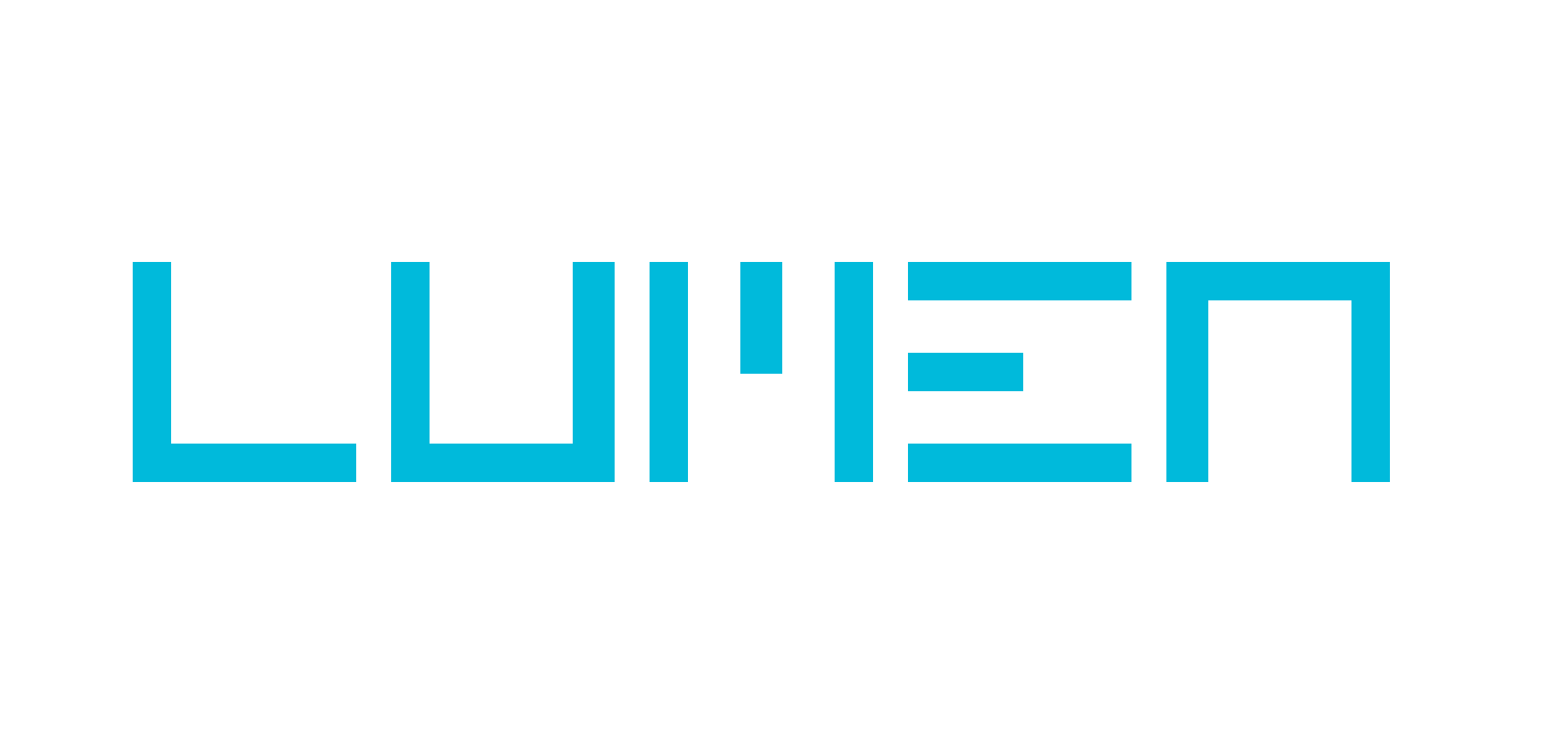00.00
Corona-related ads get 9% more attention

Many brands and their agencies have moved heaven and earth to adapt and amend their advertising copy to respond to the changing priorities of consumers during the COVID-19 crisis. Has this effort been worth it? The answer is yes.
New eye tracking research from Lumen shows that ads that are adapted to the COVID-19 crisis get almost 10% more attention than the pre-crisis norm – and that ads that fail to respond to current situation get nearly 5% less attention.
And there is further evidence that consumers feel no qualms about ads appearing next corona-related content, with 41% of respondents claiming that such positionings actually make them feel better about the advertised brands, and only 4% claiming it makes then feel worse.
This has big implications for marketing managers and ‘brand safety’ providers.
Each week at Lumen we conduct a print omnibus study. 150 or so UK respondents are recruited and asked to read a pdf version of The Metro newspaper on their home computers. Our proprietary software temporarily turns their webcams into accurate eye tracking cameras, allowing us to conduct are scale eye tracking studies at scale – and at a safe distance for everyone.
From this data, we have built up a powerful normative database that helps us understand how much attention different ad sizes and positions tend to generate. The data from these Lumen norms can then be compared to this week’s results to the average.
This week, 145 respondents were recruited to read the first 25 pages of the Friday 17th April edition of The Metro. They were exposed to 13 ads in the course of their reading, 6 that made mention of the current crisis, and 7 that did not.
Of the 6 corona-related ads, the average time spent looking at the ad should have been 2.5 seconds. In fact, the average dwell time was 2.7 seconds, and increase of 9.4%. For the non-corona-related ads, the average dwell time per ad should have been 2.1 seconds. In this test, they achieved 2.0 seconds, a slight drop of 4.8%.

One of the most successful ads was a full page from Nationwide that subtly alluded to the current situation, and in increased risk of financial fraud that it creates. We would expect an ad of this size and in this location to generate 3.6 seconds of attention. In the end, it generated 5.1 seconds, with respondents deeply engaging with its intelligent and well-crafted copy.

One could argue, of course, that ads of this type are receiving more attention not just because of the particular relevance of the copy but because of the extra effort brands and agencies are putting into creating the advertising at the moment. This may well be true, but begs another important question: why aren’t you trying this hard all the time?
We used the omnibus research this week to ask an extra question of readers. Given the hullaballoo about brands using contextual targeting tools to avoid placing their ads next to coronavirus related content – and the deleterious effects this is having on newspaper revenues – we asked consumers what they think about seeing ads next to these supposedly controversial stories.
And the answer is clear. Many consumers want to see ads run next to corona-content, and only a tiny number think less positively about the brands given the context. By far the majority (55%) don’t care one way or another, but 41% claimed that it actually makes them feel better about the advertiser. One might assume this would be even stronger if the advertisers adapts their creative to respond sympathetically to the crisis.
Importantly, almost no respondents claimed that they feel less positively about brands advertising next to corona-related stories. There is therefore no benefit to blocking ads that appear next to these stories.

This raises important issues for the many marketing teams who use digital ‘brand safety’ technology indiscriminately. Brands often use this technology willy-nilly out of an ‘abundance of caution’. Managers claim to have a fiduciary duty to do what’s right for their employers, and if this means that you have to defund the free press at the moment they need money the most, well, that’s too bad. By this logic, it’s better that a newspaper closes than that my ads appear next to any story related to the most important events of the last 20 years.
But in fact, the fiduciary duty run the other way. Because of the vital interest in the news, newsbrands now have greater reach than social networks. Ads that run in newsbrands next to corona-related content get more attention, not less. When they appear next to these stories, people feel better about the brands who are advertising, not worse. Ads that make mention the corona-crisis get more attention, and ads that don’t get less.
Marketing managers who refuse to advertise in newsbrands are therefore missing a golden opportunity, and wasting company resources directing advertising investment to subpar, non-news, non-corona-related inventory. Try explaining that ‘abundance of caution’ to the CFO.
00.00









